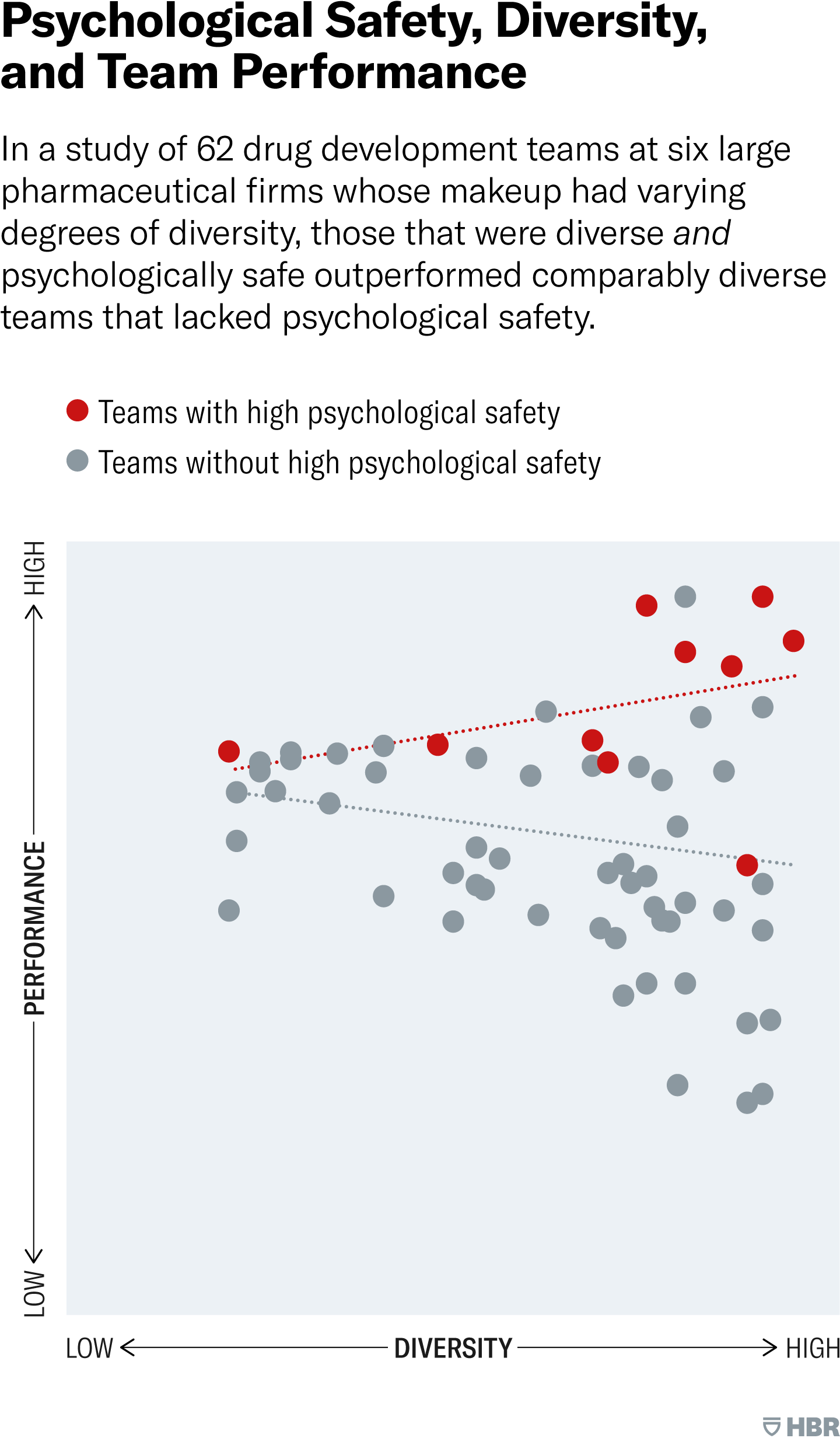AMA Victoria made this resource available to members only.
Get access to all of AMAV's articles, events, and more by joining today.
- Access all member-only resources from AMAV
- Dig deeper into the subjects that matter to you
- Get in depth articles to achieve your professional goal
Already a member? Log in
We work in teams so we can deliver complex, expert, and tailored care as needed. To do this our teams need a range of people in them, each bringing their unique skills and expertise, experience, and perspective. Greater diversity in teams is, logically, an asset, as more expertise can be brought to the task at hand.
Managing teams and teamwork, however, requires skills in leadership, as well as in interpersonal and group behaviour, to ensure the team works effectively – stays on task, hears from everyone, and can deliver the best decisions and actions in time. We have known all this for a while, but robust research to underpin this has been scarce on the ground to date.
Recent research by Amy Edmondson and Henrik Bresman, experts in psychological safety and teams, have measured how the level of psychological safety, in both ‘more’ and ‘less’ diverse teams affect performance. The results are striking: Performance is highest when teams are both ‘more’ diverse and have elevated levels of psychological safety. That is, diverse teams perform the best when their members feel psychological safe.

Source: Edmondson, A., E., & Bresman, H. (2022). To excel diverse teams need psychological safety | Harvard Business Review.
So, here are the lessons for leadership:
To build high-performance teams recruit for diversity and ensure these teams have a climate that is high in psychological safety. That is, that the members perceive that they are safe to take interpersonal risks.
Now this language is difficult, especially in a healthcare setting. It does not mean take risks with the caregiving. No. it is about interpersonal risk-taking, in terms of teamwork – in the collaborative effort of discussing, reflecting, suggesting, decision-making, etc. Here are some examples of what this could sound like in a team setting:
- I don’t agree …
- I made a mistake before …
- I might be wrong, but what if we consider …
- I don’t know what to do …
- Could we ask for another person’s input here …
These types of statements play a significant role in the delivery of complex and collaborative healthcare. But they are often not easy to say. Indeed, research tells us that people need psychological safety to say these this.
So, the lesson is clear: Create diverse teams with a culture of psychological safety.
How can we work toward this?
Look at your team and reflect on its diversity. This is not simple or obvious. Diversity is a catch-all term – including range and difference across a range of on categories and dimensions. Often, we talk about diversity in terms of salient social categories such as gender, age, cultural background. But of course, it is broader than this. It also includes personality, temperament, knowledge, experience, communication skills, etc. These are all things to consider when you put a team together, or when you observe and reflect on the team you are working with at any moment. Who are we? What are our skills here? Who can bring something to our work that others may not know or have considered? And does this person feel safe to bring that idea/view/skill to this team?
Attrition in a team also presents an opportunity to create and shape more diverse teams and we need to be mindful of this when we advertise positions, recruit and select new team members. Our teams are always changing, and change presents an opportunity.
In summary it’s time to talk about teams and to develop a team lens for your workplace. We acknowledge it can be hard to get outside your own perspective, so consider this work of creating teams as a leadership task for everyone. Next time you need a new team member – ensure you search widely and include a diverse range of people in both your applicant pool and selection panel. Take some time to think about the full range of knowledge, skills, and abilities this person could bring to the work at hand and take steps to ensure they feel safe enough to do so.
Dr Anna Clark (PhD)
AMA Victoria Leadership consultant and coach
Dr Anna Clark is AMAVs Leadership consultant, coach and educator, currently offering individual coaching for doctors and directing the AMA’s professional development programs in leadership, the Emerging Leader Program and Middle Leader Program.
References
- Edmondson, A., E., & Bresman, H. (2022). To excel diverse teams need psychological safety | Harvard Business Review.
